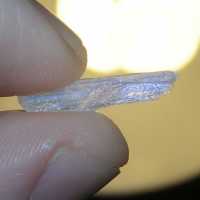Addiction, Author Interviews / 19.12.2022
Molecular Containers May Be Able to Bind and Reverse Effects of Dangerous Addictive Drugs
MedicalResearch.com Interview with:
Lyle Isaacs, Professor
University of Maryland Department of Chemistry and BiochemistryCollege Park, MD 20742
MedicalResearch.com: What is the background for this study?
Response: The Isaacs laboratory has a long-standing interest in molecular containers compounds and their molecular recognition properties toward chemically and biologically important targets. Molecular containers include well known pharmaceutical excipients that help dissolve and deliver drugs (e.g. sulfobutyl-beta-cyclodextrin (SBE-b-CD)) and even sequester active pharmaceutical ingredients (e.g. Sugammadex reverses the effects of neuromuscular blockers).
Our lab has previously studied a class of molecular containers called cucurbiturils and found that they bind tightly (nanomolar Kd) to hydrophobic cations in aqueous solution. Recently, we translated our knowledge of tight binding to design and synthesize a novel tight binding molecular container known as Pillar[6]MaxQ and showed that it has superior binding affinity toward hydrophobic cations.[reference = Angewandte Chemie International Edition 2020, 59, 13313]
(more…)




